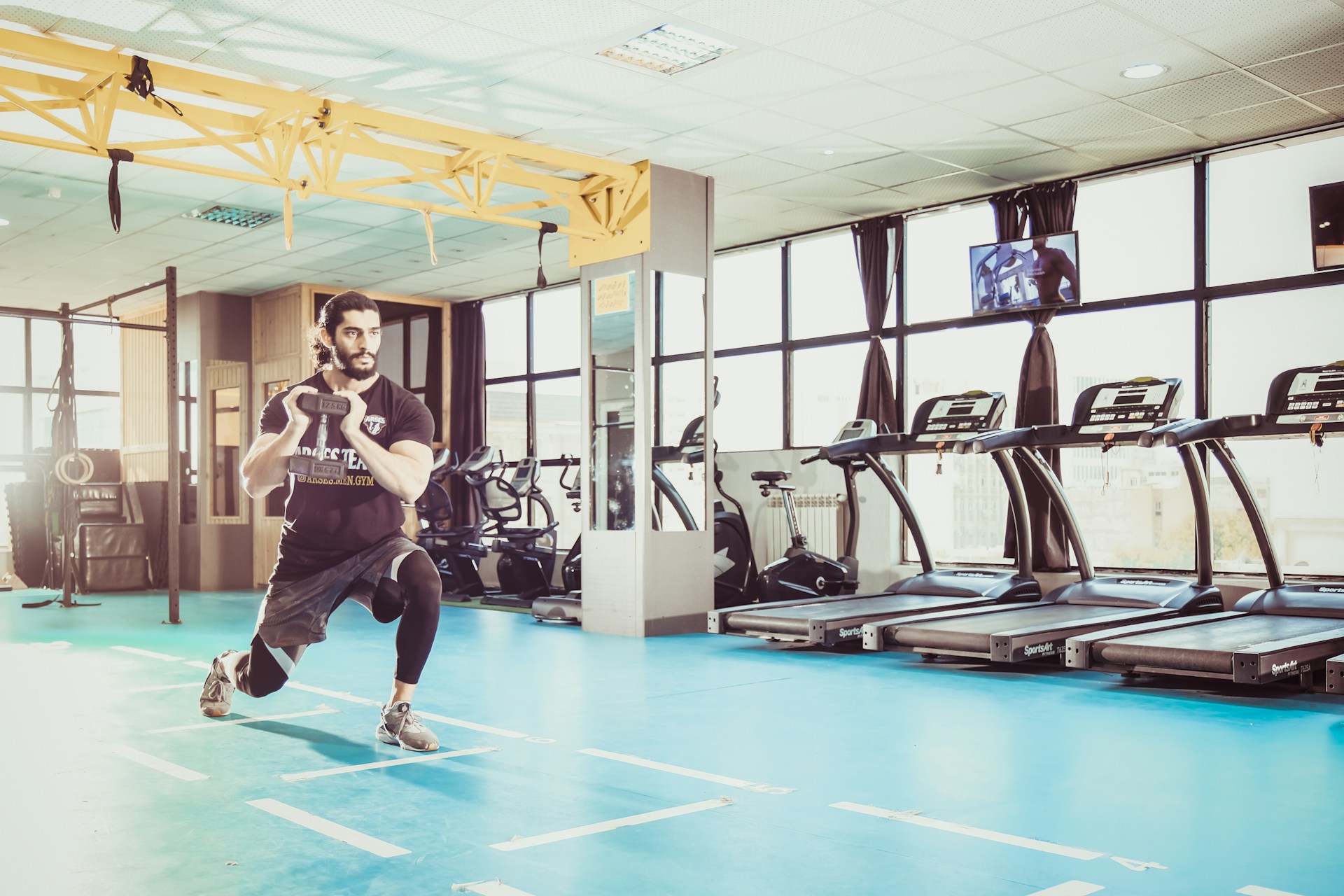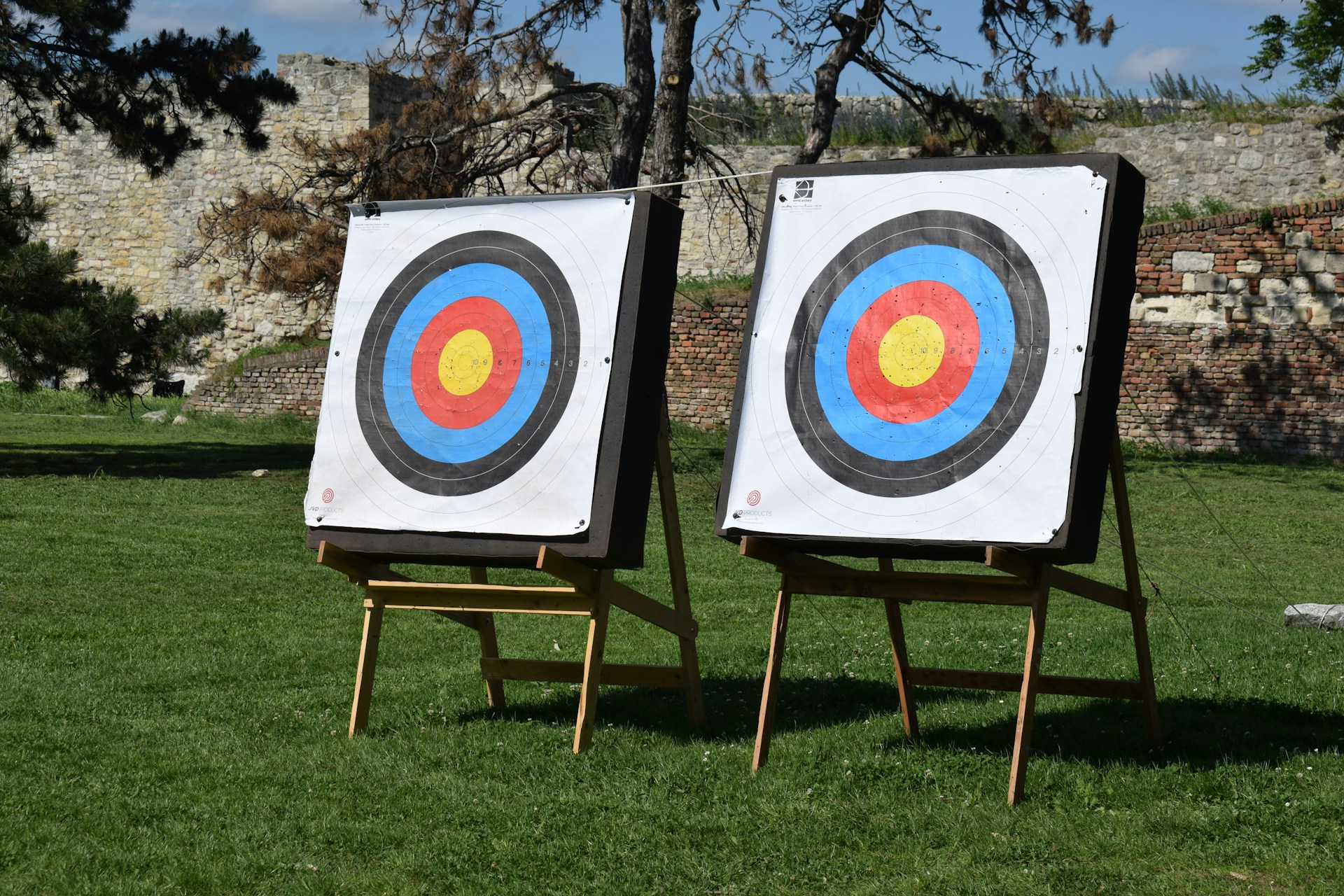Maximizing your gym workouts isn’t about how much time you spend lifting weights or doing a strict handstand pushup—it’s about how effectively you structure your fitness routine for results. One tried-and-true method to boost muscle growth and optimize training recovery is to adopt the right workout split.
Whether you’re a beginner looking to start your fitness journey or an advanced gym-goer aiming to refine your training, understanding workout splits can help you achieve your goals faster and more efficiently.
This guide will break down effective workout splits, why they work, and how to tailor them to your fitness goals, especially if muscle growth and strength training are your prime focus.
What Is a Workout Split?
Before jumping into examples, it’s important to understand what a workout split is. A workout split refers to dividing your weekly gym workouts into specific training days, each targeting certain muscle groups or fitness goals.
Instead of working the entire body in one session, workout splits help you manage your energy, maximize recovery, and focus on doing more for each muscle group during a given session. For example:
- Full-body sessions work every part of the body in one workout.
- Upper/Lower Split separates your training into the upper body one day and the lower body the next.
- Push/Pull/Legs (PPL) divides workouts into push exercises (e.g., bench press), pull exercises (e.g., lat pulldowns), and leg exercises (e.g., squats).
Now that we’ve defined the term, here’s how you can choose and implement the right splits suited to muscle growth and strength training goals.
Full-Body Training for Beginners
A full-body workout is an excellent starting point for newcomers to the gym. It involves exercises that target all major muscle groups in each session.
Why Full-Body Training Works
- Time-Efficient – Spend less time working out while getting comprehensive muscle engagement.
- Great for Foundational Strength – Full-body workouts are perfect for building initial strength and coordination.
- Flexible – Only able to hit the gym two to three times a week? A full-body split ensures you’re consistently targeting all muscle groups.
Example Full-Body Routine
- Warm-up (5 minutes of light cardio)
- Squats (3 sets of 10 reps)
- Bench Press (3 sets of 8-10 reps)
- Pull-Ups or Lat Pulldown (3 sets of 8-12 reps)
- Deadlifts (3 sets of 6-8 reps)
- Finish with a strict handstand pushup or core (planks for 60 seconds x 3 sets)
Aim to complete this routine 3 times a week, allowing at least one rest day between workouts for recovery.
Upper/Lower Splits for Intermediate Strength
Once you’ve mastered the basics, progressing to an upper/lower split is one of the next logical steps. This split divides your workout into two categories on alternating days—upper body and lower body.
Benefits of Upper/Lower Splits
- Greater Focus on Each Area – Compared to full-body sessions, you’ll have the energy and time to concentrate fully on either your upper or lower body.
- Scalable for Strength Training – Add more volume to challenging lifts like deadlifts or bench presses.
- Ideal for 4-Day Schedules – Train your upper and lower body twice per week with plenty of recovery.
Sample Upper/Lower Split
- Upper Day: Bench Press, Barbell Rows, Overhead Press, Dumbbell Curls
- Lower Day: Squats, Deadlifts, Bulgarian Split Squats, Hamstring Curls
Perform this split four times a week—for example, Monday (upper), Tuesday (lower), Thursday (upper), and Friday (lower).
Push/Pull/Legs (PPL) for Advanced Results
For those with advanced muscle growth and strength training goals, the Push/Pull/Legs (PPL) split is a popular choice. This split revolves around movement patterns, separating pushing exercises, pulling exercises, and leg-focused workouts into distinct days.
Why Choose PPL
- Balanced Development – Ensures equal attention to movement mechanics and muscle groups.
- Volume-Friendly – Perfect for gym-goers looking to ramp up training volume per week to stimulate growth.
- Built for Progression – Structures work well when using progressive overload techniques.
Sample Push/Pull/Legs Routine
- Push Day: Bench Press, Overhead Dumbbell Press, Incline Push-Ups, Lateral Raises
- Pull Day: Bent Over Rows, Pull-Ups, Dumbbell Curls
- Leg Day: Squats, Romanian Deadlifts, Standing Calve Raises
How to Schedule a PPL Split
- 6-day version for dedicated lifters (Push/Pull/Leg/Rest/Push/Pull/Leg).
- 3-day version for those on tighter schedules (Push/Pull/Leg).
Combining Hypertrophy and Strength Training
Do you have both strength and muscle growth priorities? Consider hybrid splits that alternate between heavy strength sets and hypertrophy-focused sets within the week.
Example of a Hybrid Routine
- Monday (Strength): Heavy Barbell Squat, Weighted Pull-Ups, Military Press
- Wednesday (Hypertrophy): Higher Reps – Dumbbell Bench Press, Romanian Deadlifts, and Resistance Band Work
- Friday (Strength): Deadlift Maxing, Weighted Lunges, Row Variations
This approach balances low-rep, heavy lifting for strength with moderate-rep, hypertrophy-building exercises to enhance muscle size and density.
Benefits of Active Recovery Days
Don’t forget to rest! Recovery is essential to maximize muscle growth while minimizing the risk of injury. Incorporate active recovery on off days, such as yoga, swimming, or walking, to stay active without overstraining.
Recovery Tips
- Invest in foam rolling and stretching to ease soreness.
- Maintain a high-protein diet to fuel muscle repair.
- Ensure 7-9 hours of quality sleep each night to support overall fitness results.
Tailoring Your Split to Your Goals
Ultimately, there’s no “one-size-fits-all” approach. If your goal is to perfect your strict handstand pushup, build strength through heavy lifts, or simply craft an efficient fitness routine, customize your split based on these key factors:
- Availability – Plan your split around how many days you can realistically dedicate to the gym.
- Training Goals – Focus on volume and intensity for muscle growth or heavier loads for strength training.
- Experience Level – Beginners should start with simpler splits, while more advanced lifters can explore nuanced routines.
Take Control of Your Workouts
Your fitness goals are achievable when armed with the right plan. Whether it’s building foundational strength with a full-body session or ramping up gains with a Push/Pull/Legs split, every gym workout can work toward your desired results when done strategically.
Start experimenting with these splits today, and remember to listen to your body. Rest consistently, and adapt when needed for long-term success. From beginners to gym veterans, there’s a workout split for every phase of your fitness journey.





